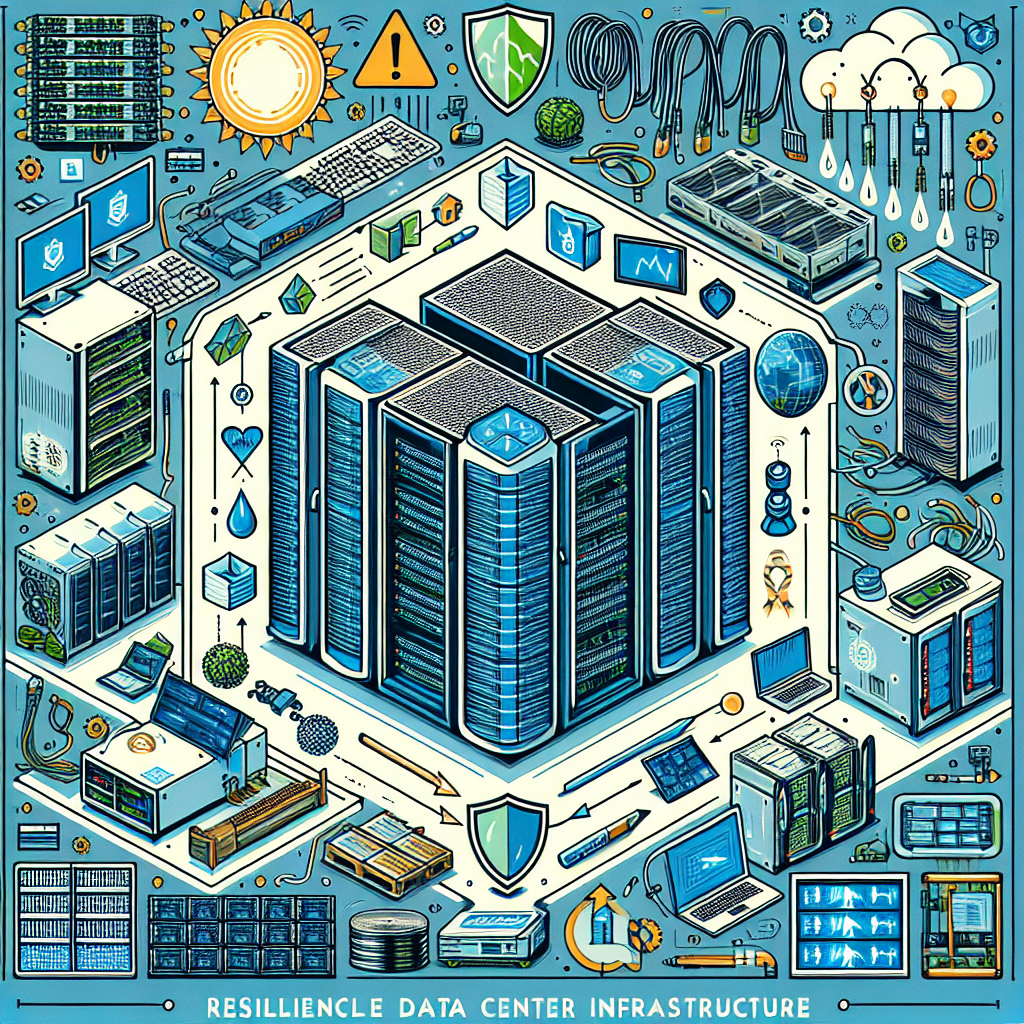In today’s digital age, data centers play a crucial role in ensuring the smooth operation of businesses and organizations. A resilient data center infrastructure is essential for maintaining uptime, minimizing downtime, and safeguarding critical data and applications. Building a resilient data center infrastructure requires careful planning, strategic investments, and ongoing maintenance. Below are some strategies for building a resilient data center infrastructure:
1. Redundant Power Supply: One of the most critical components of a resilient data center infrastructure is a redundant power supply. Power outages can cause significant disruptions and downtime, so it is essential to have backup power sources such as uninterruptible power supply (UPS) systems, generators, and redundant power feeds from different sources. This ensures that the data center can continue operating even in the event of a power outage.
2. Redundant Cooling Systems: In addition to power supply, cooling systems are also crucial for maintaining optimal operating conditions in a data center. Redundant cooling systems, such as air conditioning units and chillers, can help prevent overheating and ensure that servers and other equipment are operating at optimal temperatures. Monitoring systems can also help identify potential cooling issues before they escalate.
3. Data Center Monitoring and Management: Implementing robust monitoring and management systems is essential for detecting and addressing issues in real-time. Remote monitoring tools can provide visibility into the performance and health of the data center infrastructure, allowing IT teams to proactively address potential problems before they impact operations. Automated alerts and notifications can also help ensure a rapid response to critical issues.
4. Disaster Recovery and Backup Solutions: It is essential to have a robust disaster recovery plan in place to ensure business continuity in the event of a natural disaster, cyber-attack, or other unforeseen events. Implementing backup solutions, such as regular data backups and offsite storage, can help protect critical data and applications in the event of a data loss or corruption.
5. Scalability and Flexibility: Building a resilient data center infrastructure also requires scalability and flexibility to accommodate the changing needs of the business. In a rapidly evolving digital landscape, data centers must be able to scale up or down quickly to meet changing demand. Virtualization and cloud computing technologies can help organizations achieve greater flexibility and agility in their data center operations.
In conclusion, building a resilient data center infrastructure requires a combination of strategic planning, investments in technology, and ongoing maintenance. By implementing redundant power and cooling systems, robust monitoring and management tools, disaster recovery and backup solutions, and scalability and flexibility, organizations can ensure the resilience of their data center infrastructure and maintain business continuity in the face of potential challenges. Investing in a resilient data center infrastructure is essential for ensuring the long-term success and sustainability of a business in today’s digital age.


Leave a Reply